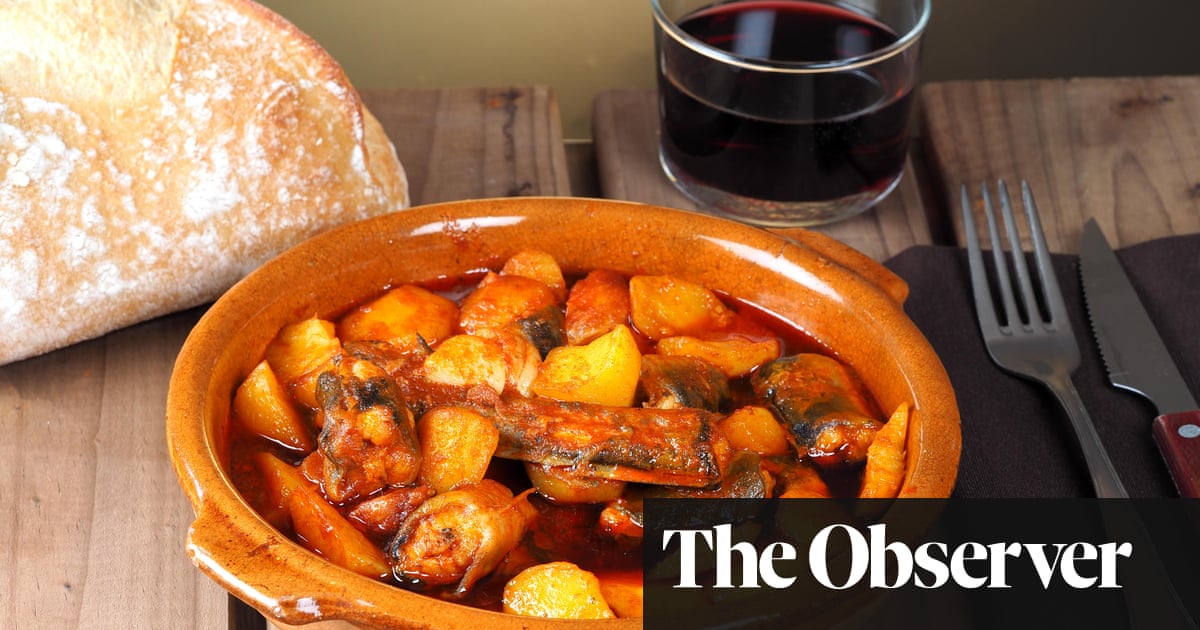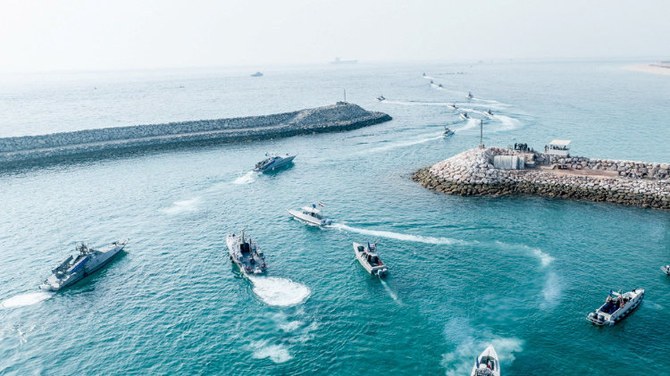
It was billed as a once-in-a-lifetime experience; an exclusive meal created by five of the world’s top chefs in exchange for actor Robert De Niro’s help in promoting Madrid Fusion, a global gastronomy summit. As the cameras clicked and flashbulbs popped, the chefs rolled out a 16-course meal studded with caviar, red prawns and black truffle.
The initiative was widely applauded. But the inclusion of two dishes featuring eel – a ubiquitous ingredient across much of Europe – sparked consternation in some quarters.
“I was surprised,” said Miguel Clavero Pineda, a senior scientist at Spain’s National Research Council. “It’s like there is no awareness that this is a species on the brink of extinction.”
The ecologist is part of a chorus of scientists and environmentalists who have been straining to make themselves heard as they highlight the incongruity of the continued appetite for European eel – a critically endangered fish whose population has declined by more than 95% since the 1980s.
“It’s crazy,” said Clavero Pineda. “No restaurant would ever think of including Iberian lynx on its menu. But we’re eating eels.”
Much of Europe’s consumption of eel is shrouded in tradition, harking back to a time when eels were plentiful in rivers, streams and lakes across the continent. At Dutch fairs, smoked eel remains a popular treat, while in Denmark it is paired with scrambled egg. In Italy some usher in Christmas with a meal of fried eel while in Spain, baby eels are served sautéed in olive oil, garlic and chilli pepper – and sell for more than €1,000 (£880) a kilo.
Around 5,500 tonnes of eel are produced by aquaculture operations across Europe annually to meet demand from the European market, adding to the more than 1,000 tonnes that are caught in the wild each year.
The many unknowns that persist when it comes to the eel’s life cycle, however, force aquaculture operations to rely entirely on catching juvenile eels in the wild, said Margreet van Vilsteren, one of the founders of Netherlands-based Good Fish.
These farms’ reliance on wild eels flies in the face of what scientists say it will take to save the population: a ban on the catching of baby eels. Their recommendation has been steadily ignored, including by European politicians who continue to allow a small amount of baby eels to be caught each year.
“It’s a political decision, not a scientific decision,” said Van Vilsteren, whose foundation has long advised against eating European eels. “There’s a huge lobbying push from the sector. Because otherwise no fisheries would be allowed.”
She is quick to point out that fishing is only one of many factors that have pushed the population to the edge of collapse. The maze of dams, locks and hydroelectric power stations erected along waterways have eroded the eels’ habitat, compounding the damage seemingly done by climate change, parasites and pollutants.
Against this backdrop, the speediest and best hope for the population’s recovery is an end to fishing, said Van Vilsteren: “If there was such a thing as sustainable eel, I would be the first one to recommend it. But this is an endangered species. We are not eating the last few pandas to save the pandas, are we?”
The Sustainable Eel Group, whose board includes representation from conservationists and the commercial eel sector, has long linked eels’ status in gastronomy to society’s wider appreciation for the species.
“If we stop eating it, that really would mark the end of the relationship,” said Andrew Kerr, the group’s chairman. “It will literally just be a snake-like creature of mystery and darkness.”
His group has sought to roll out sector-wide transparency rules and certification for eel traders in Europe, as well as crack down on another formidable challenge: the European eel’s singular status, in the words of Kerr, as “the most trafficked living creature on the planet”.
An estimated 100 tonnes of baby eel is smuggled out of the European Union each year – often stuffed into suitcases and lugged through airports – as organised crime seeks to circumvent the 2010 ban on the trade of European eel outside the EU. Up for grabs are as much as €3bn a year in illegal profits, fuelled by high demand in Asia and dwindling global options, given that American and Japanese eels are also listed as endangered.
“Yes, fishing doesn’t help,” said Kerr. “But the real killer is human abuse through water engineering and trafficking.”
For Clavero Pineda, however, these factors are impossible to separate. “The fewer eels there are, the higher the price,” he said. “And that drives further overexploitation. It’s this anthropogenic extinction loop in which a scarce animal becomes very prized and people pay a lot of money for them.”
Given the population’s dramatic decline in the past five decades, he described the days of eating eels as numbered. But within this prognosis, he saw a chance for consumers to choose how exactly the end of eating eels might play out.
“We can ban fishing and hopefully the time will come when eel will once again be abundant,” he said. “Or we can just keep taking eels out of the water until there aren’t any more.”












